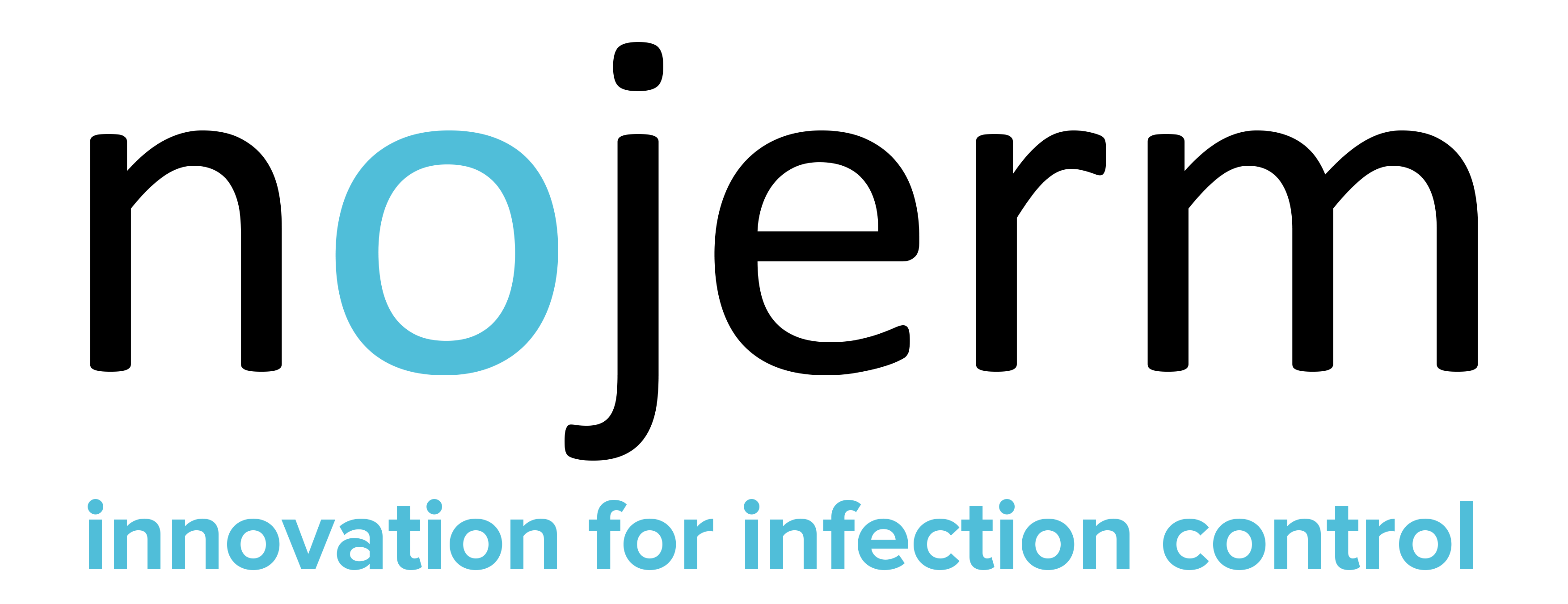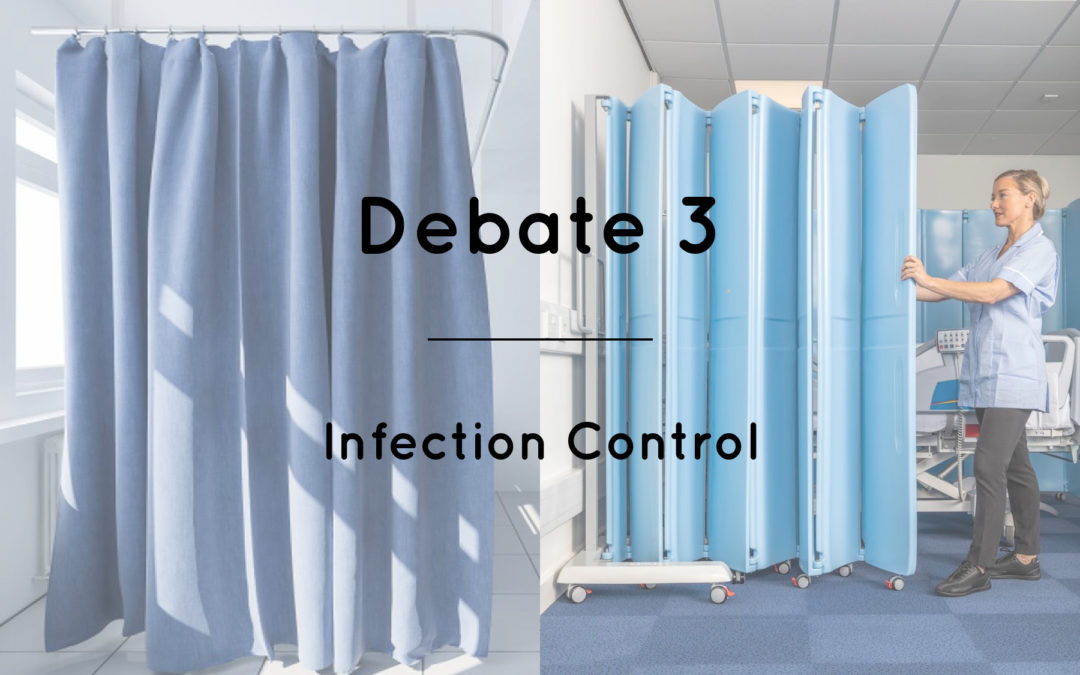Long before the 2020 Covid-19 coronavirus pandemic came to the UK, healthcare-acquired infections (HCAI) were a cause for concern.
Among these, Methicillin-resistant Staphylococcus aureus (MRSA), methicillin-sensitive Staphylococcus aureus (MSSA), Clostridium difficile (C. difficile) and Escherichia coli (E.coli) are the most common, all posing a serious and often fatal risk to patients, staff and visitors.
As a result, NHS trusts have already implemented HCAI prevention and control procedures in hospitals and treatment centres. But with Covid-19 placing a new and almost overwhelming strain on infection control teams and equipment, further measures are urgently needed to contain the risk of contamination.
Contamination Rate of Hospital Curtains
Hospital curtains are traditionally made from cotton or a polyester cotton blend: inexpensive to make and easily laundered along with used bedding and similar articles. But their woven texture and close proximity to patients and nursing staff makes them a prime location for bacteria, transferred as airborne droplets and in contact with hands, clothing and even the disposable PPE worn by doctors and nursing staff.
In April 2012, the US Department of Internal Medicine and the Carver College of Medicine published the findings of research into the pathogenic contamination of hospital privacy curtains. This revealed some disturbing statistics, including:
•92% of all curtains showed signs of infection within one week of being hung in place .
•95% of all curtains became contaminated on at least one occasion, including 21% with MRSA and 42% with vancomycin-resistant enterococcus (VRE)
The researchers concluded: “Privacy curtains are rapidly contaminated with potentially pathogenic bacteria. Further studies should investigate the role of privacy curtains in pathogen transmission and provide interventions to reduce curtain contamination.”
New Antimicrobial Technology
Some curtain manufacturers addressed this problem by treating the fabric during manufacture with built-in antimicrobial technology.
While this may be beneficial in negating the threat of some forms of bacteria, it is less likely to be as effective against antimicrobial-resistant strains.
By their very nature, curtains are not easily cleaned in situ so these pathogens will remain on and in the fabric of curtains until they are removed and properly decontaminated.
This means that they remain a potential source of infection and cross contamination not only while in use but also during transportation to hospital laundry facilities and while being handled.
Screens with Inbuilt Antimicrobial Technology
Similar pathogenic technology is used in the manufacture of plastic panels for medical privacy screens such as CleanScreen from UK manufacturer Nojerm. But screens have a threefold advantage over curtains with the same technology.
- The antimicrobial technology is inbuilt into the plastic rather than being surfaced mounted so will not rub or wash off.
- The rigidity of CleanScreen panels enables them to be thoroughly cleaned with more effective decontamination chemicals.
- Neutralising the pathogens in situ reduces the risk of infection spreading to other people and areas.

